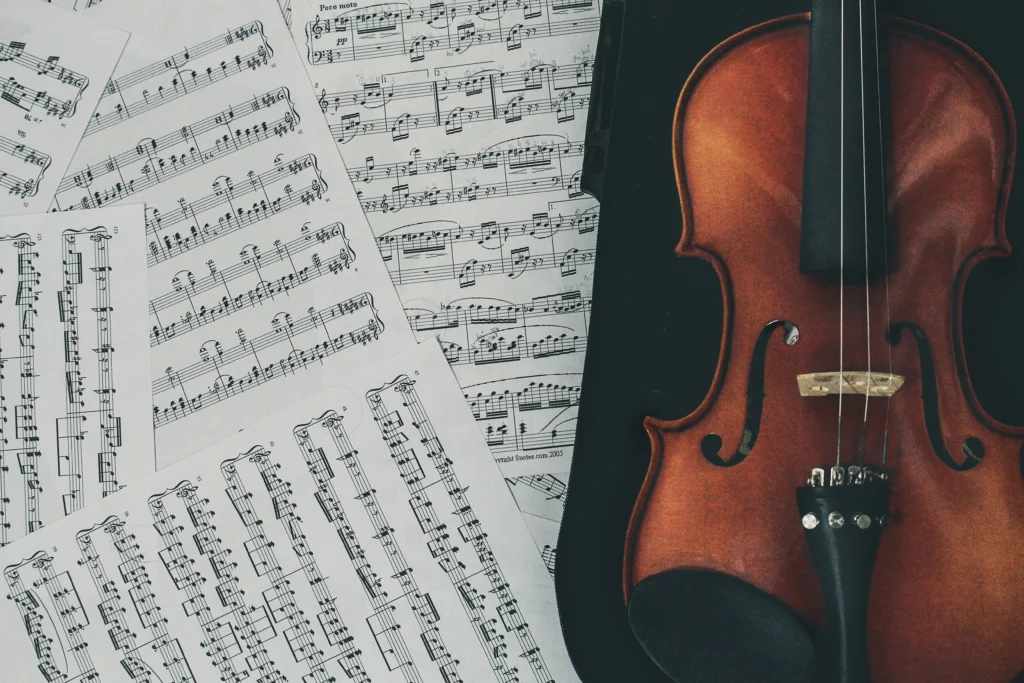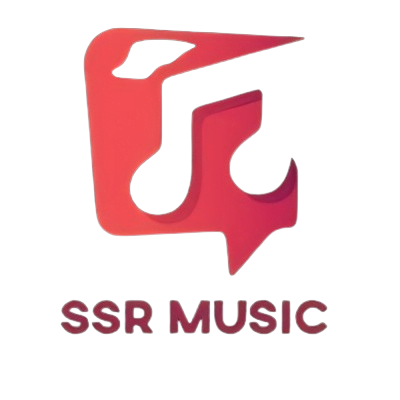
Table of Contents
Reading music notes for beginners
With the help of this thorough tutorial, learn how to read music notation step-by-step. Recognize the staff, clefs, length of notes, time signature, key signature, reading rhythm, and other concepts. Gaining proficiency in reading music notation may lead to a plethora of musical opportunities. Take the first step toward learning to read and perform music notation now!

Reading Music notes and names
Anyone who wants to play an instrument or pursue a profession in music has to be able to read music notation. Accurately interpreting and performing music requires the ability to read music notation, regardless of prior musical experience. We’ll take you step-by-step through the process of reading music notes in this extensive guide.
1. The Staff
The staff serves as written music’s cornerstone. Musical notes are arranged in four places between the five horizontal lines that make up the design. We can recognize and play the appropriate notes since each line and space denotes a distinct pitch.
2. The Clefs
To denote the pitch of the notes, clefs are symbols that are positioned at the beginning of the staff. The treble clef (G clef) and bass clef (F clef) are the two most used clefs. For instruments with higher pitches, such as the piano, violin, and flute, use the treble clef; for instruments with lower pitches, such as the cello, bass guitar, and tuba, use the bass clef.
3. Note Names
Oval symbols are used to indicate notes, and they are positioned on the staff’s lines and gaps. Every note has a special name that matches its respective pitch. The seven letter names—A, B, C, D, E, F, and G—are the most fundamental notes. As you go up or down the staff, these notes continue to repeat in unbroken succession.
4. Note Duration
Notes possess not just pitch but also duration or length. There are several note symbols that represent this, including whole, half, quarter, and eighth notes. The length of time a note should be held or played is determined by the number of beats that make up its duration.
5. Time Signature
A time signature is a symbol that is used at the start of a piece of music to represent how many beats there are in each measure and what kind of note gets one beat. Four beats per measure, with one beat each quarter note, is the most widely used time signature, or common time (4/4).
6. Key Signature
To identify the key or tonality of the music, a group of sharps or flats is inserted at the beginning of each staff line. This is known as the key signature. Throughout the composition, the key signature has an impact on note pitch, thus it’s critical to pay attention to these symbols in order to play the right notes.
7. Reading Rhythm
In music, rhythm refers to the arrangement of sounds and silences. You must comprehend note lengths, pauses, and time signatures in order to read rhythm. You may precisely analyze a piece’s rhythm and perform it with the appropriate time and intensity by mixing these aspects.
8. Practice and Familiarization
With familiarity and experience, reading music notation becomes more proficient. Prioritize mastering fundamental concepts like note names and durations before advancing to increasingly intricate rhythms and musical compositions. Learning to read and understand music notation via consistent practice and exposure to a variety of musical genres will improve your skills.
Recall that studying music notation is similar to picking up a new language. Becoming skilled needs time, patience, and constant work. You may become proficient at reading music notation and open up a world of musical opportunities by practicing and adhering to these instructions.
Now take out your instrument, open a piece of music, and start learning how to read and play notes on an instrument. Cheers to your practice!
Check out this blog related to this blog
Check our featured blog
What do you do in music education?
How Do Musicians Make Money?
How Do Musicians Make Money? Discover the most important revenue streams for musicians: live performances and tours, music sales and streaming, royalties and licensing, and merchandising and brand collaborations. Discover how various revenue streams influence a musician’s financial success and audience involvement in today’s music industry. Understand the value of strategic planning and personal branding…
The Elements of Music Theory: 7 Comprehensive Guide
What is the theory of the music? Music theory is the study of musical practices and possibilities. Its fundamental purpose is to provide a framework for understanding, composing, and evaluating musical works. Music theory allows artists and aficionados to understand the various structures and ideas that drive musical compositions ranging from classical symphonies to modern…
What are The 7 Musical Notes?
What are the 7 musical notes? Learn about the importance of musical notes and the concept of the C major scale. Explore how musical notes are the foundation of music theory and composition, and how they allow musicians to communicate and notate their ideas. Discover the relationship between different notes and how they create melodies…

Leave a Reply